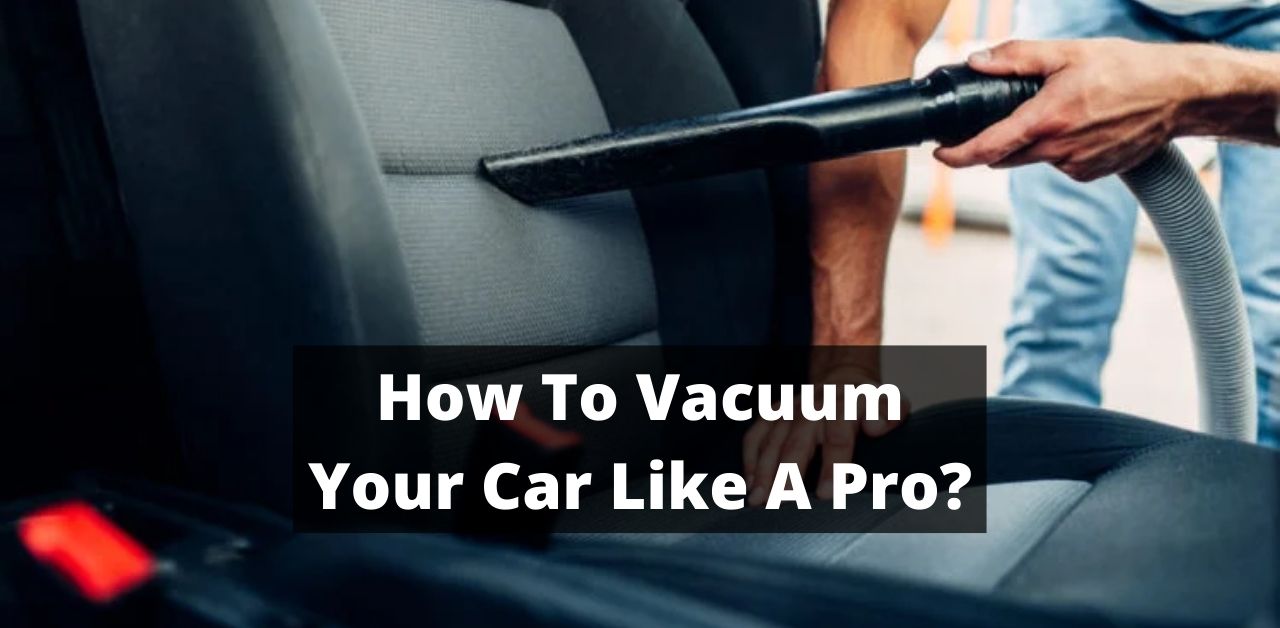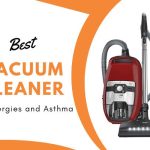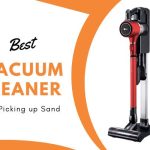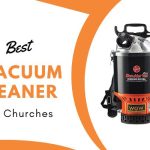A car accumulates different types of dirt, including food particles, dust particles, pet hair, and other allergens.
Therefore, it is imperative that your car is regularly vacuumed in order to minimize dirt accumulation.
Detailing a vehicle involves a number of steps, including vacuuming the interior of the vehicle. Unfortunately, this step is often done incorrectly or insufficiently.
In order to prevent damaging your car’s interior, use the appropriate vacuum attachments and tools when vacuuming.
A clean car is less likely to have pollen and dust, making it a healthier place to be, especially for those with allergies or asthma.
The following are some methods you can use to clean your car and your car seats.
Following these tips will help you vacuum your car like a pro
- Ensure that you possess the necessary tools. Vacuum cleaners of various types and attachments are necessary for vaccuming a car. It is possible to reach all interior areas of a vehicle using a variety of attachments, including soft, narrow, and wide brushes.
- It is necessary to remove all personal belongings and rubbish from the vehicle. It is advisable not to leave personal items in the vehicle, as many of these items make the vehicle appear cluttered. Additionally, the trash in the car consists primarily of large items, such as paper bags and cans. Collect these items and place them in a bag or a wastebasket. Pay attention to the floor, the door pockets, and the car’s cup holders. You will be able to see a less cluttered vehicle this way.
- Vacuum loose dirt from the vehicle. With the vacuum cleaner, remove the remaining dirt. You may use a vacuum without attachments to remove loose dirt. It will be easier to clean and dispose of the floor mats if the mats are removed from the car. Vacuum the seats, the folds of the seats, the carpet, and any other areas that are accessible to the vacuum cleaner. The mats should be shaken over a garbage can to remove large pieces of dirt, and then vacuumed to remove the remaining particles.
Large areas of flooring should be cleaned with wide attachments. Consider extending the seat if you need to reach the areas under the seat.
Use smaller attachments to reach floor pedals, the console, and between seats.
- Brushes can be used to remove dirt trapped in the fibers. However, vacuuming is the only means of removing dirt from surfaces. Despite the fact that the car may look clean after vacuuming, there may still be dirt embedded in the fibers. The dirt must be removed with a stiff brush. Make sure that the brush you are using does not remove carpet fibers. Use a soft brush to remove dust and dirt when a vacuum cleaner is not able to reach vents, nooks, and spaces.
Vacuum the mats on a clean, dry surface.
Clean the floor mat by removing any loose material and laying it out flat.
Connect the flat, wide multipurpose attachment without a brush to the vacuum and turn the vacuum on. Using a vacuum, remove dirt, sand, dust, and gravel from the floor mat.
Long passes over the floor mat should be conducted at a speed of approximately one inch per second. If you vacuum more than once, you will be able to pick up the most dirt.
In order to pick up dirt embedded in the floor mat, the vacuum hose’s thin nozzle can be used to loosen it.
Ensure that your car’s carpet is clean.
Using the wide multipurpose attachment, remove dirt and dust from the carpet. To collect as much dirt as possible, ensure that you overlap each pass with the attachment.
VACUUMING TIPS FOR YOUR CAR
- It is possible to vacuum a car section by section. The process is repeated after cleaning each section thoroughly. As an example, you could clean the seat first, and then move on to the next.
- The seams inside the panels, under the pedals, and in the folds of the seat are some of the areas that are difficult to reach. To clean these areas, brushes can be used.
- An alternative to using a vehicle vacuum at a car wash is to use a handheld vacuum with additional attachments, such as crevice tools and upholstery brushes. In this way, your vehicle will be completely clean.
Using an upholstery brush, you can clean the sun visors, seats, gauges, dashboard, headliners, vents, and console.
It is possible to remove dust and dirt from crevices by using a crevice tool when used properly.
These include the crevices in the seat, between door seals, vents, ashtrays, along the jambs of doors, cup holders, and along seams.
- The easiest way to remove pet hair from your car is to vacuum it using a revolving brush vacuum cleaner.
- Before applying leather conditioner to your car, you should thoroughly clean the leather. Consequently, dust and particles embedded in the leather will not be rubbed into the pores of the leather, causing damage to its surface.
- As you vacuum your car, you should also clean the fabrics on the car seals (headliners). A soft-bristled upholstery brush can be used to remove dirt by moving it in the direction of the fabric’s weave. When vacuuming the car, most people fail to clean this area, which collects a lot of dirt.
In vacuuming the car, you ensure that it is spotless and that there are no dust particles that could lead to respiratory problems, such as allergies.
Additionally, it improves the appearance of the car, increases its lifespan, and ensures its interior remains intact, thereby increasing resale value.
In addition, you should vacuum the interior of the car in an orderly manner to ensure that all dirt and dust are removed without damaging the interior.
Use the appropriate vacuum cleaner and attachments in order to ensure the interior of the car is clean and free of all dirt, dust, and pet hair.
Vacuuming the interior trim is advisable
The most common cause of dust on your car’s interior plastic trim is dust. It is a good idea to vacuum it off in order to remove dust that can dry out the plastic and cause it to crack.
In order to begin, it is necessary to attach the soft bristled brush to the vacuum hose.
- You should avoid scratching the car’s trim with brushless attachments.
A bristled attachment can be used to remove dust and dirt from trim surfaces by lightly running it over them.
Dust and dirt gather in the instrument cluster and crevices around the shifter. The brush bristles will lift dirt from cracks and sucked away by the vacuum.
The bristle attachment can be used to clean the dashboard, the console, the shifter area, and the rear seat trim.
After you have vacuumed your car thoroughly, reinstall the floor mats and store any belongings you intend to keep in the car in a secure, tidy location, such as the trunk.
If you notice that dirt is building up on your car, you should vacuum it once a month.






